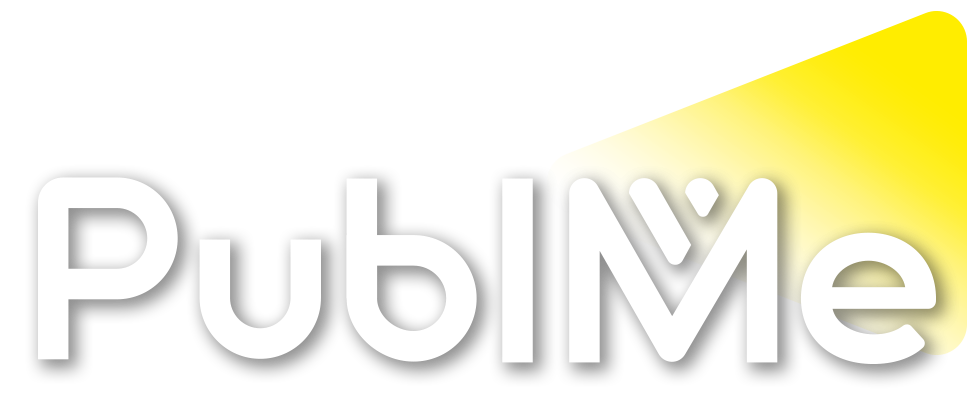Reaction thread #18180
Interpreting Lead Sheets: How to Bring the Music to Life. Someday My Prince Will Come – Beginner’s LevelAre you tired of playing music from the Real Book that sounds robotic and lifeless? Do you want to make your music more engaging and expressive? If so, you need to learn how to interpret lead sheets.
In this video, we’ll take a deep dive into the Real Book and show you how to make the most out of its lead sheets. We’ll start by explaining why you shouldn’t take the lead sheets too literally. Instead, you need to think of them as a sort of impressionistic painting of the song. There’s a lot of context that is either implied or missing altogether, not to mention all the mistakes that can be found within the Real Book. Therefore, it’s up to you to provide context and make deliberate musical choices.
The fact that lead sheets aren’t dedicated to a specific instrument speaks to how much context is missing and how important it is for the player to provide this context. When you stop looking at the Real Book’s lead sheets as literal depictions of the songs, you’ll begin to make choices that make the music come alive.
But where do you start? In the video, we provide a literal interpretation of the lead sheet for the song “Someday My Prince Will Come.” We play everything in root position, which creates something that is both physically demanding and void of voice leading. Playing the melody in such a literal and simplified way does not do the music justice.
Instead, we show you a few simple and easy-to-implement techniques to make the music sound better. On the left hand, in level 1, we merely play each chord on the downbeat of each measure, using a combination of root position, inversions, and rootless voicings. This creates smoother voice leading and more musicality. We use inversions to create smooth voice leading and make it easier to play. We also implement rootless voicings, which are a common technique used in these standards.
We provide examples of how we use these techniques throughout the song. For instance, we use an inversion on a G7#5 chord in the fourth measure. This creates smoother voice leading from the Ebmaj7 to the G7#5 and makes it easier to play. We also use rootless voicings on Cm7 chords to create smoother voice leading and more musicality. In measure 8, we use an inversion on an F7 chord to lead nicely away from the C7 we came from and create a physically easier-to-execute movement.
In addition to these techniques, we also show you how to use rhythmic displacement to make the music sound better. We use a simple rhythmic displacement technique in measure 18, which displaces the melody slightly later than it was originally intended to be. We also use a dotted quarter-note rhythm in measure 19 to anticipate the melodic note.
By the end of the video, you’ll have a better understanding of how to interpret lead sheets and make the music come alive. You’ll know how to use inversions and rootless voicings to create smoother voice leading and make it easier to play. You’ll also know how to use rhythmic displacement to make the music more engaging and expressive.
If you want access to all of these arrangements (Beginner’s • Intermediate • Advanced • Pro) you can download them here: Someday My Prince Will Come in 4 levels
Part 2: Intermediate level on how to play Some Day My Prince Will Come from the Real Book is here: How to Play the Real Book: Level 2 Arrangement of “Some Day My Prince Will Come”
Interpreting Lead Sheets: How to Bring the Music to Life. Someday My Prince Will Come – Beginner’s Level
mdecksmusic.comAre you tired of playing music from the Real Book that sounds robotic and lifeless? Do you want to make your music more engaging and expressive? If so, you need to learn how to interpret lead sheet…
Nikolai Shcherbin
@developerintegralsilence
@integralsilencestoryunityy
@BangDikaaaugustrulezzz
@augustrulez





